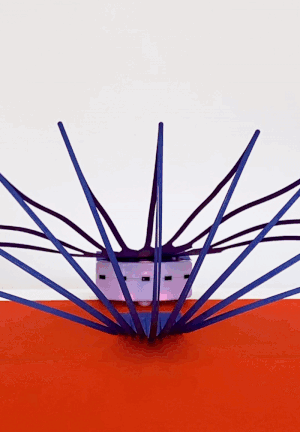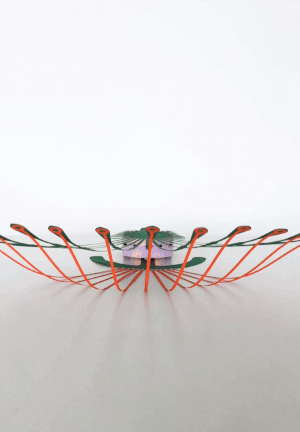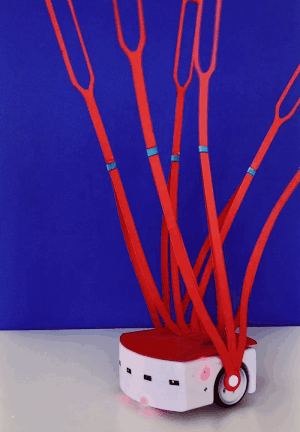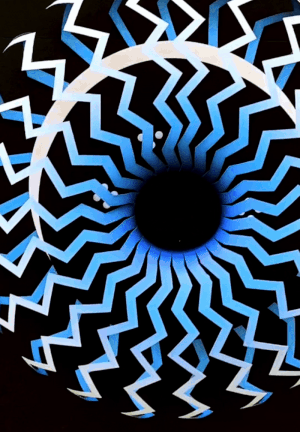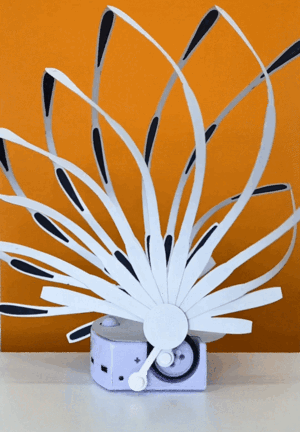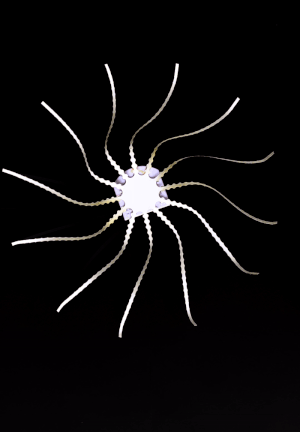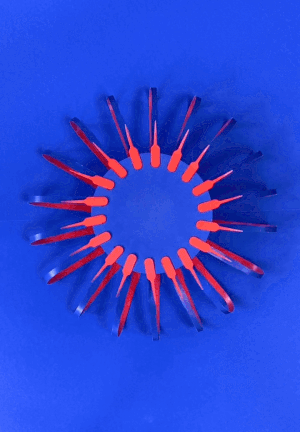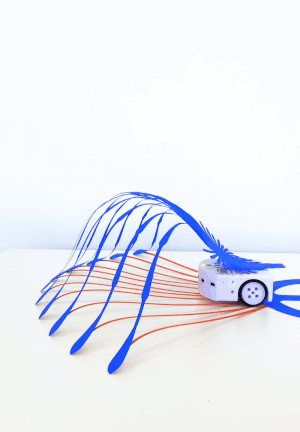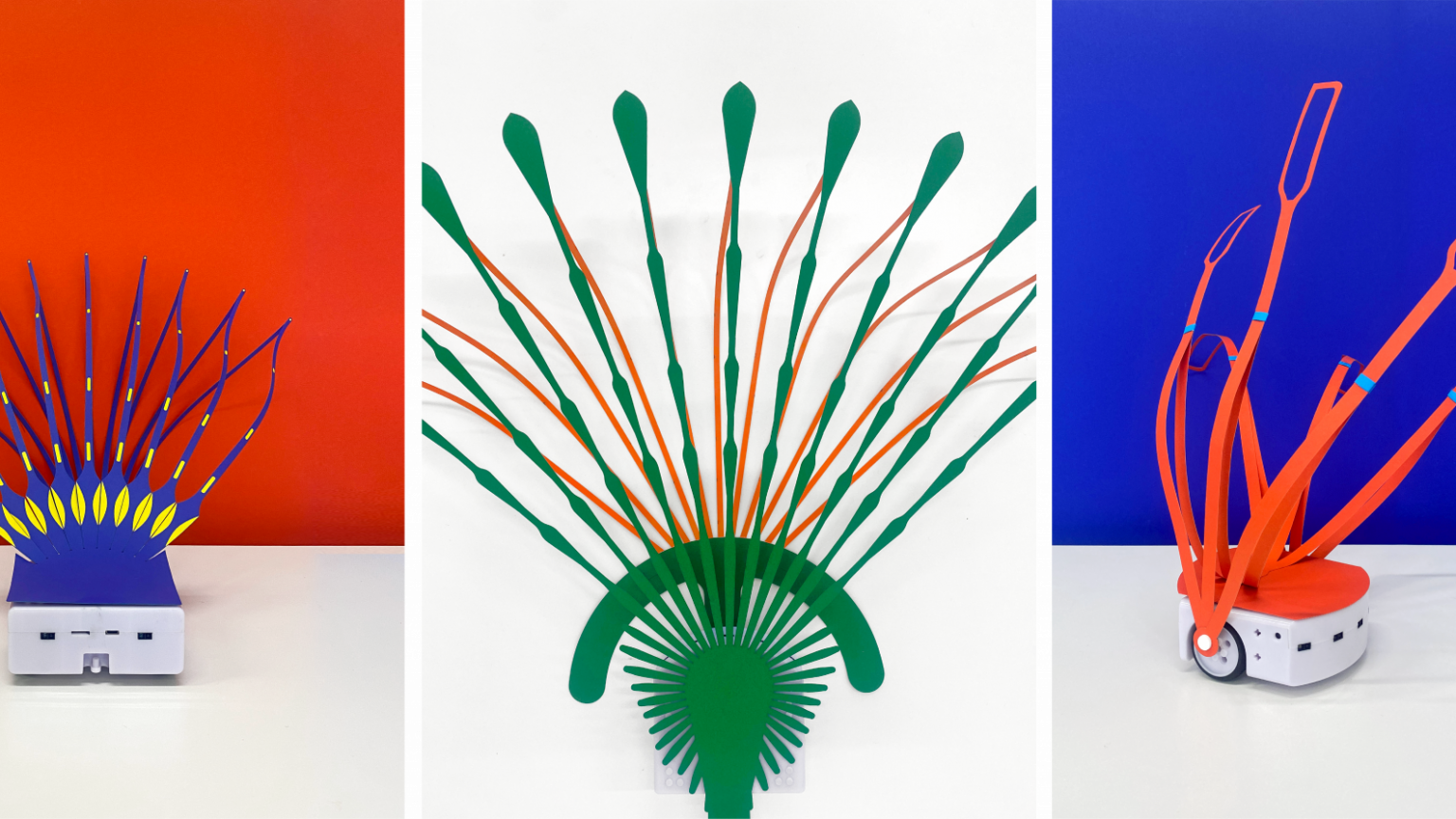
CAN WE OFFER NEW FORMS OF LEARNING EXPERIENCES IN ROBOTICS WITH AN AESTHETIC APPROACH?
Aesthetics is often associated with art, and Robotics has been used since ever as an artistic tool, but not easily. Merging the technological possibilities and constraints of robotics with the creativity of the artist/designer has never been and continues to be not an easy task, as often mentioned in the state of the art. In particular Saurel et al. in 2016 state that “While classical application domains in robotics (e.g. manufacturing, field robotics) ask for performance in completing an action (e.g. manipulation, exploration), art imposes constraints that are better defined in terms of style than in terms of actions to perform”.
In the meantime the technology has become much more accessible in terms of cost and required skills, and communities like the one around Arduino have been bringing technology at the service of art and design. The robotics community itself perceives the importance of including artists in its own activities. Still, the artistic work is often strongly impacted by the technology and uses the stereotypical images of robots, based on technology made of wires and mechanics, moving in a rigid way. Some work try to play on the contrast between the stereotype of hard cold robotics and the generation of pieces of art such as drawings, but this path is rarely explored.
This project aims at studying more in detail this phenomena by playing on an even stronger contrast: aesthetics and robotics. The use of robotics to create aesthetics installations, merging technology with costumes that move with organic movements, creates pieces of art/design that are far from our robotics stereotypes, and by breaking them it can potentially impact motivation, relevance, sense of belonging and self-efficacy of observers or designers (in a broad sense). The same impact can be achieved by the aesthetics of videos or pictures illustrating robotics systems.
The aim of this study is to analyze which components of the motivation of pupils in compulsory school are affected by an aesthetic approach and show by which of them we can achieve better results in reaching some classical pedagogic objectives, especially in transversal skills.
- ROBOTICS
- EPFL’s MOBOTS lab is currently studying the intersection of robotics and design, with a particular focus on the question of aesthetics in robotics. This research aims to explore how an aesthetic approach can influence people’s perception of the digital world and, in turn, contribute to the education of good practices towards technology.
- DESIGN
- The team is using aesthetics as a means of cultivating curiosity towards the field of educational robotics. By incorporating elements of beauty, the research aims to create a more engaging, attractive and inclusive educational experience.
- EDUCATION
- The research goes beyond the realm of traditional robotics education. Through the creation of high-quality visuals providing comprehensive documentation of robotic activities, the MOBOTS laboratory seeks to reach out to people who might feel distant from technology. By presenting robotics in a more artistic and accessible way, the aim is to bridge the gap between those who are hesitant or disinterested in technological activities.
Discover an initial series of videos demonstrating the aesthetic use of the Thymio educational robot.
Each video features a paper ‘costume’ that can be easily reproduced.
All the costume videos are available here.
For more information on costume construction or robotic animation, have a look here.
